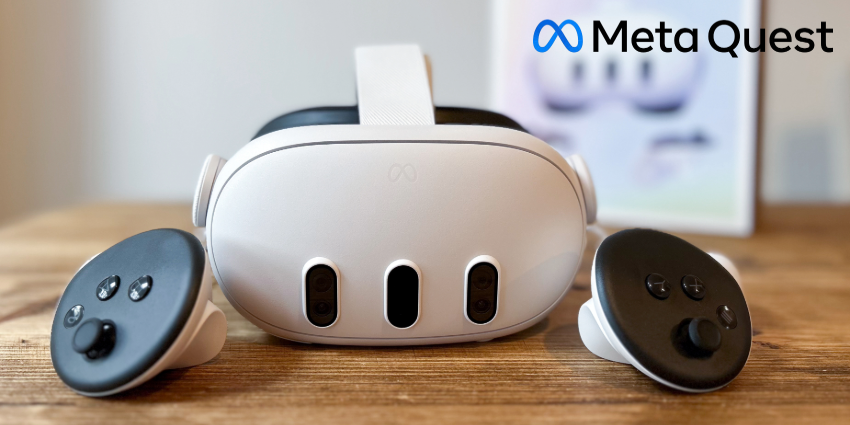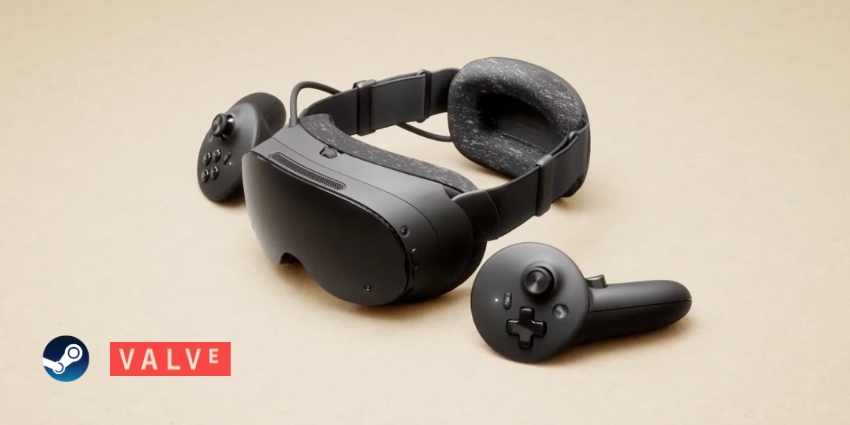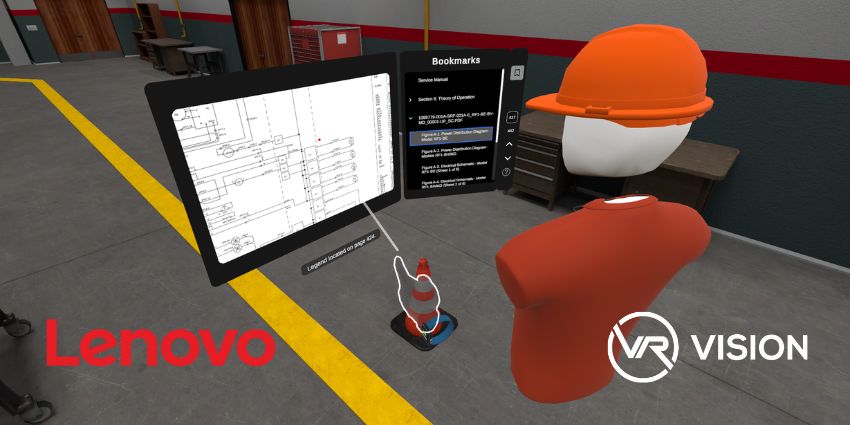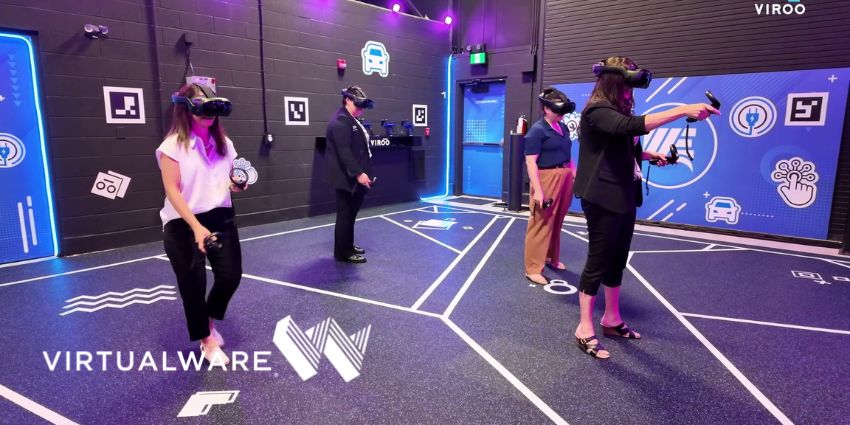Meta’s latest software update brings refined multitasking capabilities and improved display options across its VR headset lineup.
The v74 update, now rolling out to Meta Quest 2, 3, 3S, and Pro headsets, focuses on streamlining everyday tasks and enhancing productivity features for users, in line with Meta’s evolution from gaming-focused hardware to versatile computing platforms.
It complements Meta’s specialised offerings for both professional and educational users. Meta Quest for Business, launched in 2023, provides organisations with comprehensive device management and security controls starting at $15 per user per device.
Meanwhile, the recently announced Meta for Education program, rolling out in the US and UK, enables schools and universities to leverage VR technology in educational settings. Both programs benefit from the update’s enhanced multitasking and display features, making them more valuable for professional and academic environments.
Multitasking and Window Management
The v74 update introduces a more intuitive approach to handling 2D applications in virtual reality. Users can now see minimised apps displayed above the universal menu, making it easier to track and switch between open applications.
The system supports up to three simultaneous windows while using immersive apps, enabling users to browse the web, watch videos, or chat with friends without leaving their current application. This multitasking feature, previously available in experimental mode, is now rolling out globally to all users, and reflects growing demand for productivity tools in virtual environments.
Enhanced Display, Casting Options and Other Updates
Meta Quest 3 owners gain a notable new feature with direct external display connection via USB-C DisplayPort. This provides high-resolution, low-latency output to external screens, making it particularly useful for content creation and livestreaming.
The update also improves the reliability of wireless casting across all supported devices, making it easier to share VR experiences with others.
The v74 update also streamlines several everyday functions. Users can now create shortcuts to frequently visited websites directly in their library, simplifying access to common web applications.
The Meta Quest Link PC app includes improved system tray support for quick access to device status and controls, making it easier to manage the headset while using it with a computer. The update also reduces loading screen transitions between the home environment and immersive applications; minimising interruptions to the user experience.
Quality of Life Features
The update includes several automatic features that improve the overall experience.
The system can now detect when users are traveling and suggest enabling travel mode, addressing a common pain point for mobile users. Night display passthrough has been refined with better color balance and warmth, making extended use more comfortable in low-light conditions. Spatial audio support has been expanded to include 2D calling applications like WhatsApp, creating more natural communication experiences. A new algorithm automatically balances microphone and game audio levels during recording, though users can still opt for manual control.
Secondary User Support
The update brings expanded functionality for secondary user profiles through the Meta Horizon mobile app. This enhancement particularly benefits families and shared devices, allowing secondary users to access features like casting and device status monitoring. Parents can now more easily monitor their children’s VR activities through the mobile app, adding an extra layer of control and oversight.
The v74 update represents Meta’s ongoing effort to transform its VR platforms from gaming devices into versatile computing tools. The focus on productivity features, improved display options, and refined user interface elements shows Meta’s understanding that VR’s future extends well beyond entertainment.
As with previous updates, users should expect a gradual rollout over several weeks as Meta ensures stable deployment across its device ecosystem.







